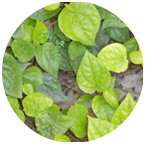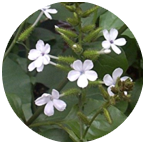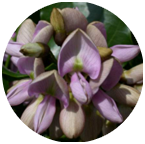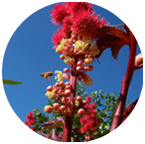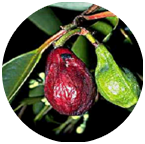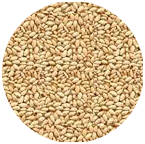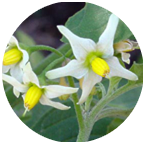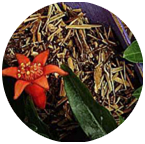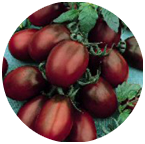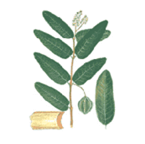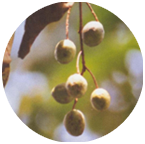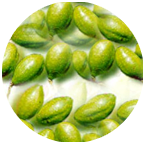Piper betle
Latin name: Piper betle
English name: Betel
Sanskrit / Indian name: Nagavel
Betel leaves are used to increase alertness and awareness (as a stimulant), reduce the possibility of infection (as an antiseptic) and a breath-freshener Paan. In Ayurvedic
medicine, they are used as an agent which is used to increase sexual desire (aphrodisiac). They are used to treat headaches, damage caused to the joints of the body (arthritis).
They are used to relieve toothache. They are also used to cure indigestion, constipation,
as a decongestant.

